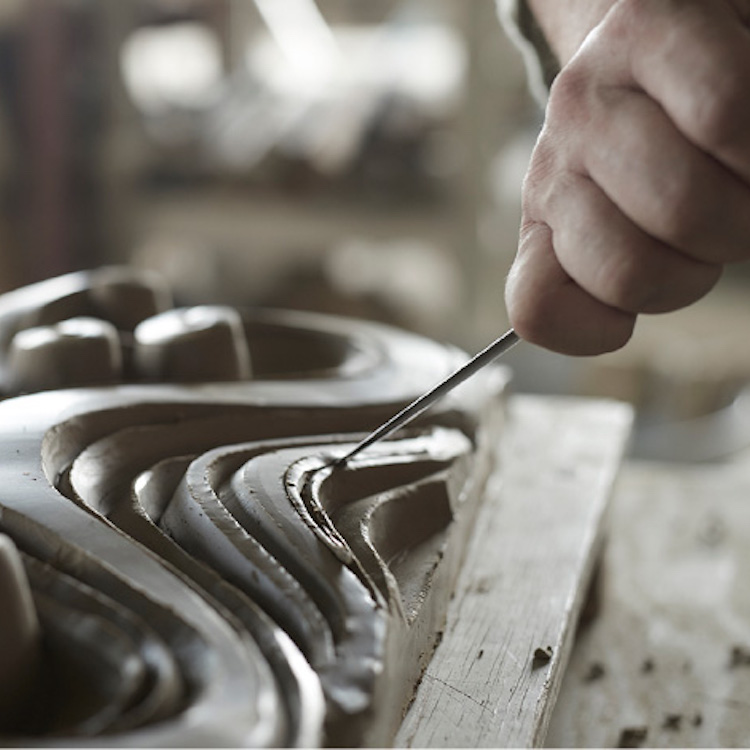TOCHIGI, Japan — Check out these stunning ceramic Onigawara (literally “ogre- or demon- tile”). They’re Japanese decorative tiles placed at the ends of the main roof ridge of temple, shrine and residence structures. These Japanese demon or fearsome beast-like elements serve decorative, functional and even protective roles in preventing weathering, water damage and in warding off evil spirits, Spoon & Tamago writes.
You might have heard that during Setsubun, a festival associated with the Lunar New Year, people throw beans at oni to drive away evil-spirits. Oni appear in classic Japanese stage dramas of Noh, in Japanese fairy tales and as characters in popular anime.
Initially coming into prominence during Japan’s Kamakura period (1185 – 1332). Decorative tiles were not new to Japan during this time, however, previously using floral and fauna adorned tiles during the Nara period. Other examples include the magical Shishi (lion dog), the elephant-like Baku creature (thought to devour nightmares), the dragon, the phoenix and the imaginary tiger-headed fish-bodied Shachihoko.
Today, Onigawara are found most frequently on temple structures and old buildings, though, one company Shinto Ltd is trying to revive the ancient craft, especially for today’s houses, which may not allow for a traditional tile roof.
Oni can protect a house and its inhabitants in a different way. Shinto Ltd. commissioned nine oni-shi (artisans specializing in making onigawara) to create tiles that can be mounted to walls, or simply placed on top of shoe dressers at entrances.
The revitalization of these tiles is also an attempt to protect its precious culture. These smaller (3.5 x 4.3 inches), more contemporary Onigawara make them ideal for placing around the house to ward off evil. They tiles go for approximately $265, Shinto Ltd. writes.
‘Onigawara iemori’ is a goblin that plays a new role as a ‘guardian’ in every living space no matter how the shape of the house changes in the future.
Do you love or loathe these works from the worlds of contemporary ceramic art and contemporary ceramics? Let us know in the comments.







Add your valued opinion to this post.